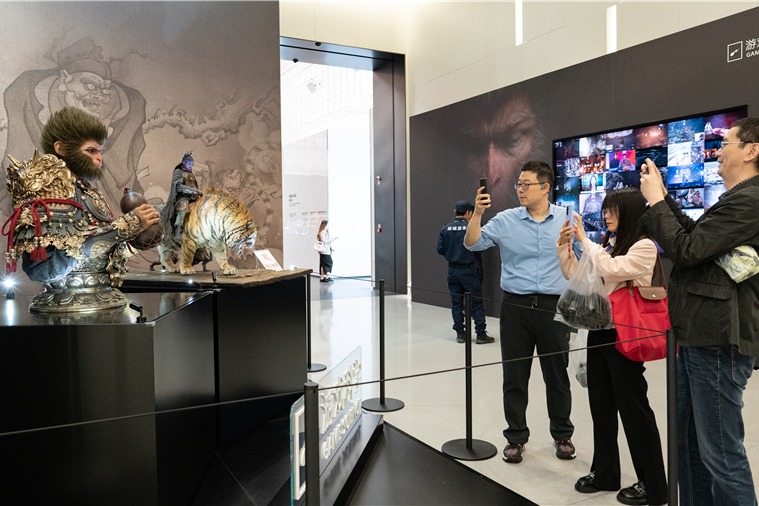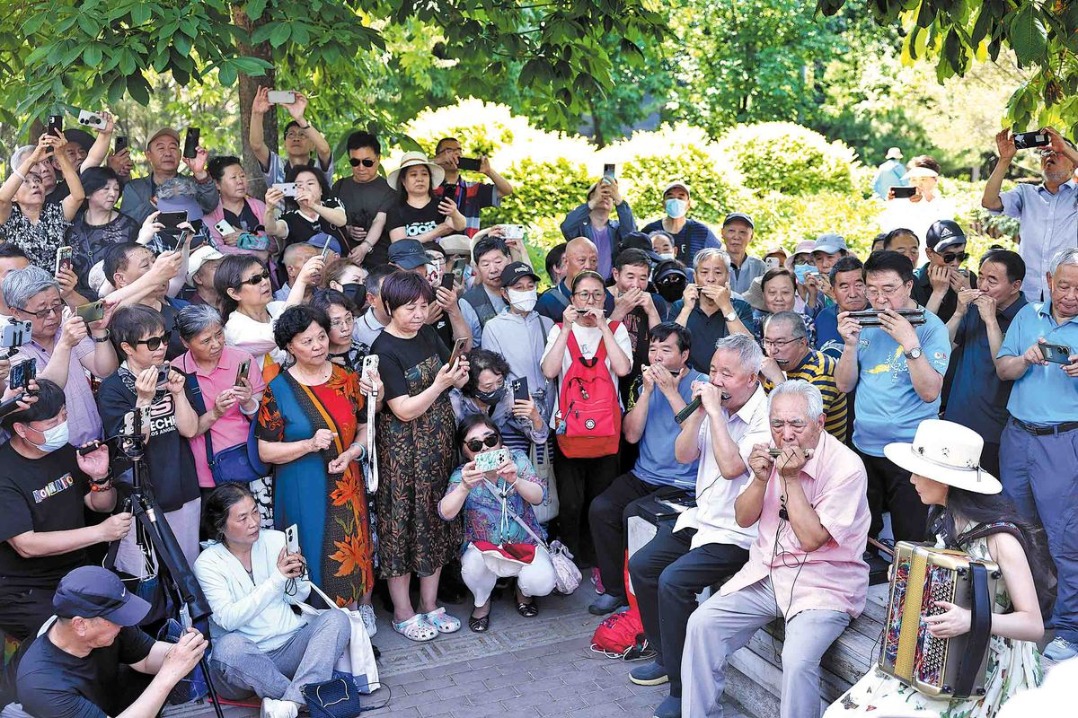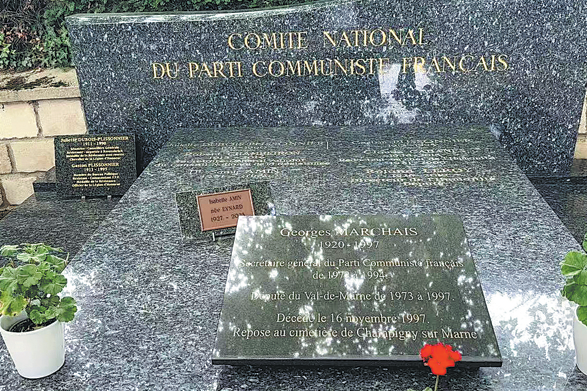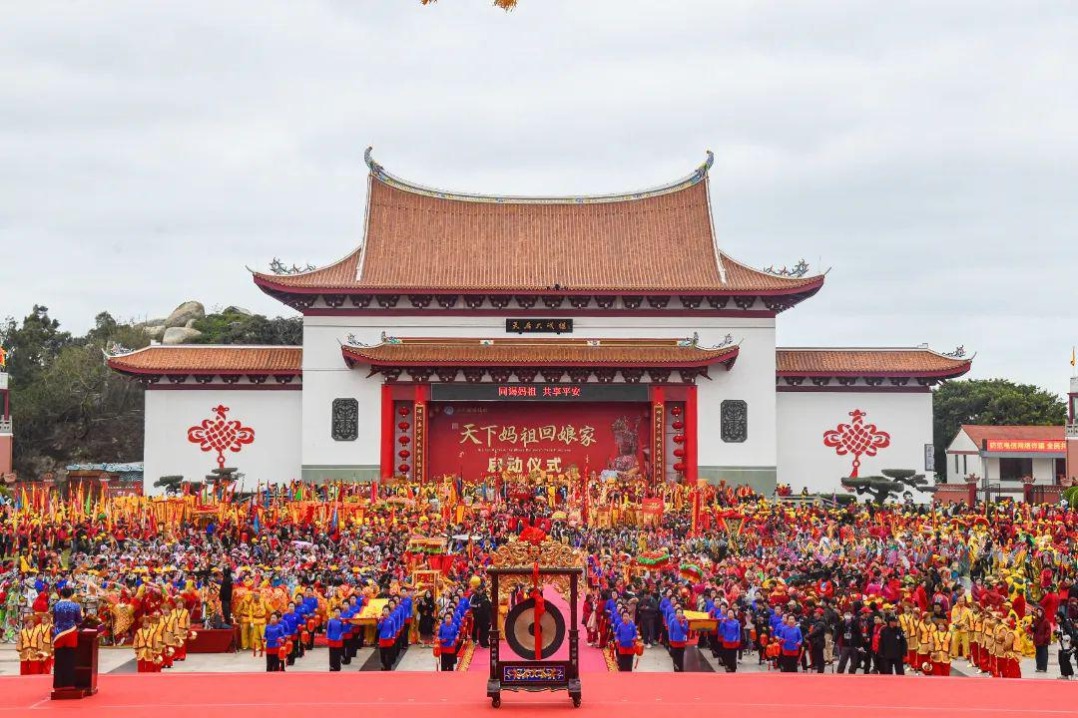Leave no loose ends in cultural relic protection


Residents of Nanjiang county in Bazhong city of Sichuan province did something strange to fulfill a vow recently. They "disfigured "some statues dating back to the late Northern Wei Dynasty (386-534) by painting them.
The statues were discovered in 2021 and are not on the cultural relic protection list. Experts are being invited to try and restore the statues to their original state. Local authorities say they might be able to restore them, but it is difficult to say if they will succeed.
It is believed the villagers did not mean to destroy the statues, but the repair, relocation, and reconstruction should require the involvement of experts. As these relics are not on the protected list their protection is in a state of "suspension".
The local government has taken some measures to protect these statues, such as by installing surveillance cameras. But clearly those were not enough. The identification of cultural relics that need protection is serious work.
Incidents of cultural relics being damaged remind us that more detailed plans are needed to strengthen protection of relics that have not yet been identified, especially those located in the wilderness and easily subject to destruction by humans.
For example, further optimizing the process, accelerating the identification of units that should be protecting the relics, or identifying the specific departments that are to be responsible for the allocation of funds for the purpose should be considered to ensure that cultural relics are handled properly from the time they are discovered till the time they are included on the protected list.
In short, the identification of units that should be protecting relics is an important foundation for the whole exercise, but the work should not end once the entity is identified on paper. There should be no laxity anywhere.

































